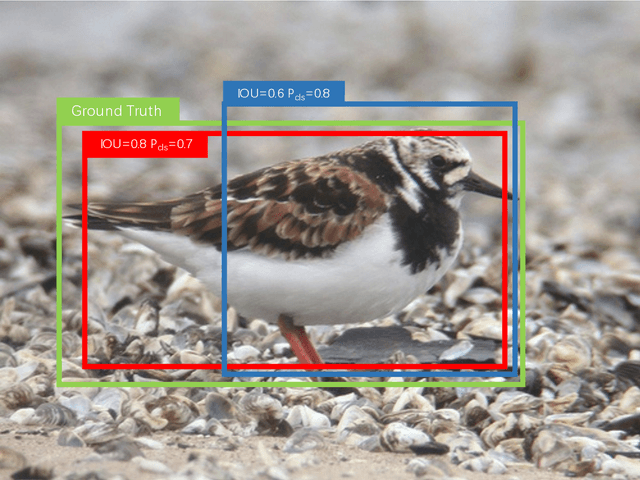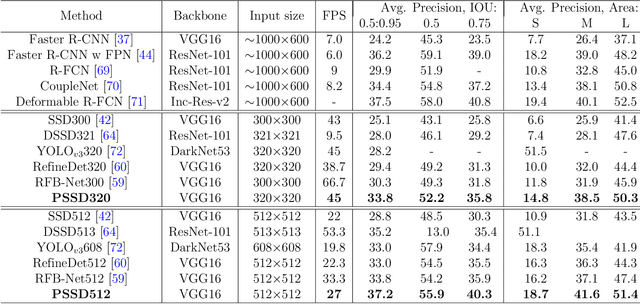Aisha Chandio
Advanced Audio Aid for Blind People
Nov 17, 2022



Abstract:One of the most important senses in human life is vision, without it life is totally filled with darkness. According to WHO globally millions of people are visually impaired estimated there are 285 million, of whom some millions are blind. Unfortunately, there are around 2.4 million people are blind in our beloved country Pakistan. Human are a crucial part of society and the blind community is a main part of society. The technologies are grown so far to make the life of humans easier more comfortable and more reliable for. However, this disability of the blind community would reduce their chance of using such innovative products. Therefore, the visually impaired community believe that they are burden to other societies and they do not capture in normal activities separates the blind people from society and because of this believe did not participate in the normally tasks of society . The visual impair people mainly face most of the problems in this real-time The aim of this work is to turn the real time world into an audio world by telling blind person about the objects in their way and can read printed text. This will enable blind persons to identify the things and read the text without any external help just by using the object detection and reading system in real time. Objective of this work: i) Object detection ii) Read printed text, using state-of-the-art (SOTA) technology.
Precise Single-stage Detector
Oct 09, 2022



Abstract:There are still two problems in SDD causing some inaccurate results: (1) In the process of feature extraction, with the layer-by-layer acquisition of semantic information, local information is gradually lost, resulting into less representative feature maps; (2) During the Non-Maximum Suppression (NMS) algorithm due to inconsistency in classification and regression tasks, the classification confidence and predicted detection position cannot accurately indicate the position of the prediction boxes. Methods: In order to address these aforementioned issues, we propose a new architecture, a modified version of Single Shot Multibox Detector (SSD), named Precise Single Stage Detector (PSSD). Firstly, we improve the features by adding extra layers to SSD. Secondly, we construct a simple and effective feature enhancement module to expand the receptive field step by step for each layer and enhance its local and semantic information. Finally, we design a more efficient loss function to predict the IOU between the prediction boxes and ground truth boxes, and the threshold IOU guides classification training and attenuates the scores, which are used by the NMS algorithm. Main Results: Benefiting from the above optimization, the proposed model PSSD achieves exciting performance in real-time. Specifically, with the hardware of Titan Xp and the input size of 320 pix, PSSD achieves 33.8 mAP at 45 FPS speed on MS COCO benchmark and 81.28 mAP at 66 FPS speed on Pascal VOC 2007 outperforming state-of-the-art object detection models. Besides, the proposed model performs significantly well with larger input size. Under 512 pix, PSSD can obtain 37.2 mAP with 27 FPS on MS COCO and 82.82 mAP with 40 FPS on Pascal VOC 2007. The experiment results prove that the proposed model has a better trade-off between speed and accuracy.
 Add to Chrome
Add to Chrome Add to Firefox
Add to Firefox Add to Edge
Add to Edge